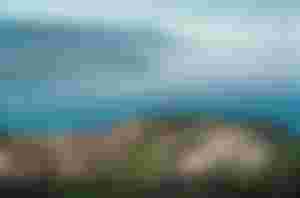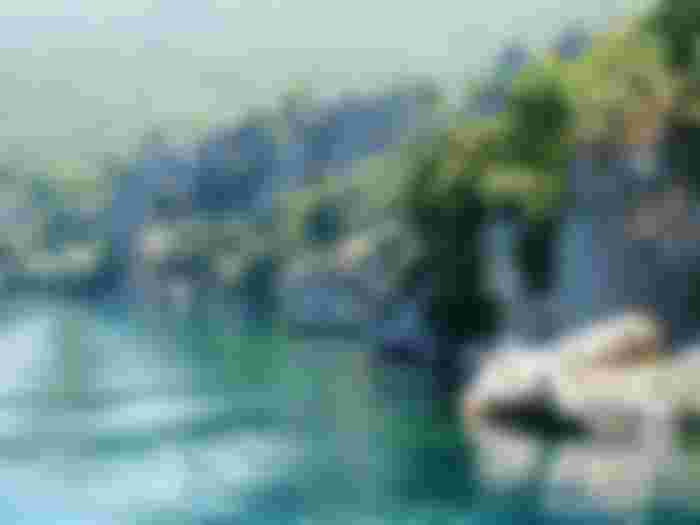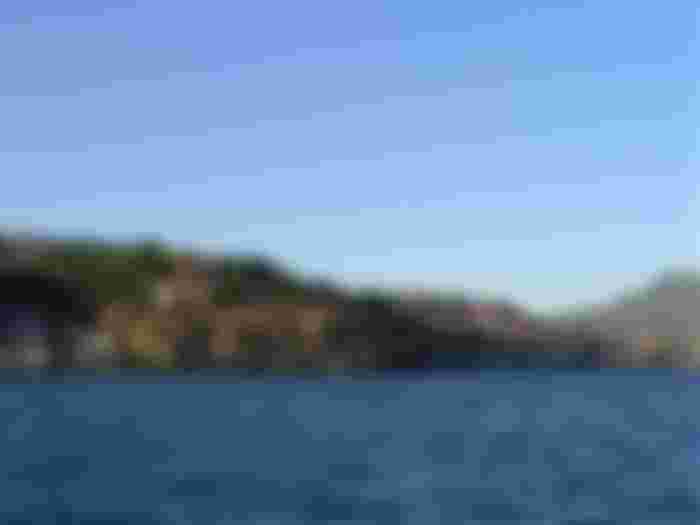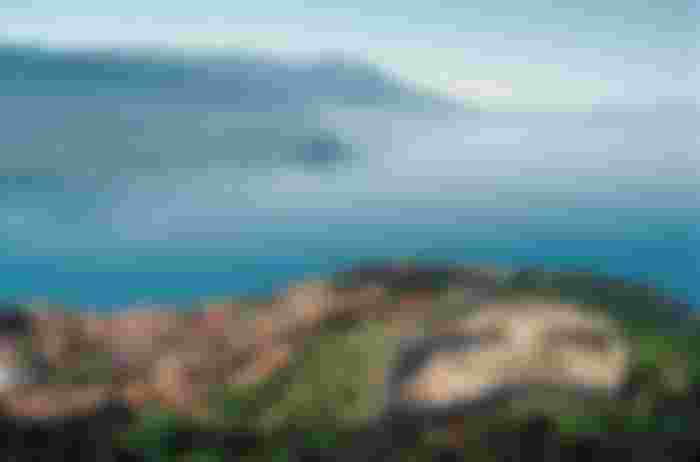Lake Ohrid is a true wonder of nature. It hides more than 200 endemic species of plants and animals such as algae, zooplankton, fish, snails and worms, which is why some call it the European Galapagos.

Experts assume that the lake was formed four million years ago and that in its depths it hides species that have long since become extinct in other parts of the world.
It is not surprising that it is considered one of the largest biological reserves in Europe or that it was protected by UNESCO in 1980 and placed on its World Heritage List.

Lake Ohrid is located in a deep valley between Macedonia and Albania at an altitude of 693 meters. It is 30.8 kilometers long, and the greatest depth is 289 meters.
It is closed on the east by the mountain Galičica, and on the west by Jablanica. On its shores are the Macedonian cities of Ohrid and Struga, as well as Pogradec in Albania.
Due to its extremely blue color, warm water and an area of as much as 358 square kilometers, it is also called the Macedonian freshwater sea. It is a popular destination for swimming and fishing, and if you dive into a certain area, you could also find archeological remains about 3,000 years old.
This area was inhabited 1200 years before Christ, as evidenced by the museum in the Gulf of Bones. It is named after the numerous fossils of animals located at the bottom of a reconstructed prehistoric settlement on the water in which artifacts of former inhabitants of this area are exhibited.

On a beautiful and sunny day, the transparency of the lake water reaches a depth of 22 m.
Lake Ohrid received water from numerous underwater springs and springs near the monastery of St. Naum and near the Studenište in Ohrid. These are mainly underground runoff of Prespa Lake, which is located at a higher altitude. Several rivers and streams from the Ohrid valley also flow into the lake. On Struga, the river Crni Drim stands out from Lake Ohrid, which, connected with the river Beli Drim, flows like the Drim into the Adriatic Sea near Leša in the People's Republic of Albania.
Lake Ohrid is home to 17 species of fish. Among them are the most famous trout, summer trout and white fish that inhabit exclusively the waters of this lake. Apart from eels, chub, carp and barbel, this lake is also home to small fish whose shell makes the famous Ohrid pearl.
Studies of Lake Ohrid began in the 19th century. The greatest credit for the scientific research of the lake belongs to a prominent Yugoslav biologist, professor at the University of Belgrade, academician Dr. Siniša Stanković (1892-1974), who began his studies in 1922.

The first research confirmed that there are several animal forms in Lake Ohrid, endemic and completely unknown. It has been proven that in this respect this lake is a unique nature reserve in Europe, that there is a living world in it that has become extinct in other regions of our planet and about which it is known exclusively through fossils. According to estimates by some biologists, Lake Ohrid was formed 4 million years ago.
For the systematic study of Lake Ohrid, which belongs to the oldest lakes in the world, such as Lake Baikal in Siberia or Tanganyika in Africa, it was necessary to organize a science center in Ohrid itself. Thanks to the efforts of Professor Dr. Siniša Stanković, during 1935 the Hydrobiological Institute was founded, which developed into a complete scientific institution only after the Second World War. At that time, the scientific team consisted mainly of young, today well-known Macedonian biologists. Hundreds of scientific articles have been written about Lake Ohrid in several languages. Even today, the huge interest of Yugoslav and foreign biologists in studying the flora and fauna of this lake continues.
One of the main goals of Lake Ohrid research is to scientifically explain why so many species of fauna and flora are preserved here, which are not found in other lakes, such as in a giant shelter.



